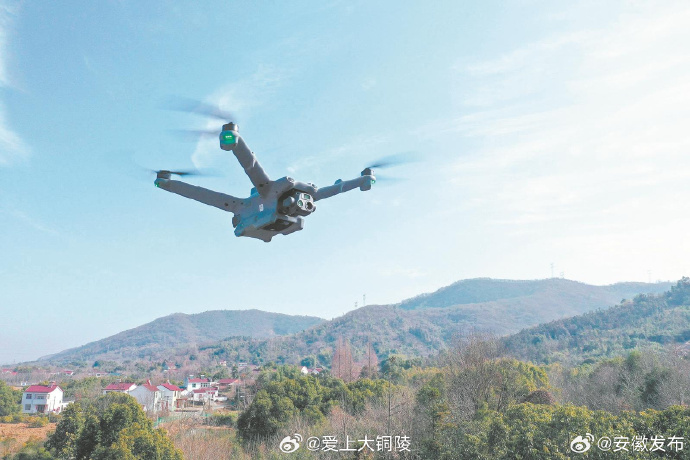Agriculture is an ever-evolving field, continuously adapting to technological advancements. One area that is gaining significant attention is the use of bee drones, a fascinating technological development poised to revolutionize farming practices. Bee drones, inspired by the natural behavior and efficiency of real bees, offer a plethora of benefits.
What are Bee Drones?
Bee drones are unmanned aerial vehicles (UAVs) equipped with state-of-the-art technology to mimic the pollination process typically carried out by bees. With sensors to navigate and identify flowering plants, these drones can effectively assist in agricultural activities, improving crop yields and promoting plant health.
The Role of Bee Drones in Modern Agriculture
In modern agriculture, the decline of bee populations poses a substantial challenge to pollination. Bee drones step in as an innovative solution, providing precision pollination services. These drones can efficiently pollinate vast agricultural fields, ensuring no plant is left unattended. The integration of AI and machine learning allows bee drones to operate autonomously, adjusting their routes and methods based on crop types and environmental conditions.
Enhancing Crop Yields
Bee drones help address challenges such as uneven pollination and labor shortages. By targeting specific crops, these drones ensure optimal pollination levels, which directly enhances crop yields. Farmers can deploy these drones during blooming seasons, ensuring consistent and thorough pollination without relying on traditional bee colonies. Moreover, bee drones can work tirelessly, unaffected by climate conditions that typically deter natural pollinators.
Environmental Benefits of Bee Drones
Beyond their agricultural utility, bee drones offer several environmental advantages. They help reduce pesticide usage by minimizing pests through targeted pollination, contribute to biodiversity conservation by supporting rare plant species, and offer a reliable alternative amidst bee population declines due to habitat loss and chemical exposure. Their precision complements sustainable farming practices, leading to healthier ecosystems.
Advanced Features of Bee Drones
Innovation within bee drones is evolving rapidly. These drones are equipped with GPS systems and high-definition cameras to survey large fields, collect data, and optimize routes for increased efficiency. They incorporate solar panels for energy sustainability and have expandable capabilities for soil and air quality monitoring, making them versatile tools in precision farming.
Challenges and Considerations
While bee drones present numerous advantages, they are not without challenges. The cost of implementing this technology can be high, demanding initial investment from farmers. Furthermore, concerns about drone regulations and technical malfunctions remain prevalent. However, ongoing research strives to mitigate these issues, ensuring bee drones become more accessible and reliable.
Exploring Future Possibilities
The future of bee drones holds great promise. As technology advances, these drones are expected to incorporate more complex algorithms and higher levels of autonomy, potentially integrating seamlessly with smart farming systems. They may also play a role in reforestation efforts and urban gardening, expanding their utility beyond traditional farming.
FAQs
How do bee drones compare to traditional pollinators?
Bee drones provide similar services as traditional pollinators but are unaffected by environmental stresses and can cover larger areas systematically.
Why are bee drones important in agriculture?
They address pollination challenges due to declining bee populations, offering precision and efficiency in crop management.
Can bee drones improve food security?
Yes, through enhanced pollination, they can boost crop yields and assure consistent agricultural productivity, contributing to global food security.